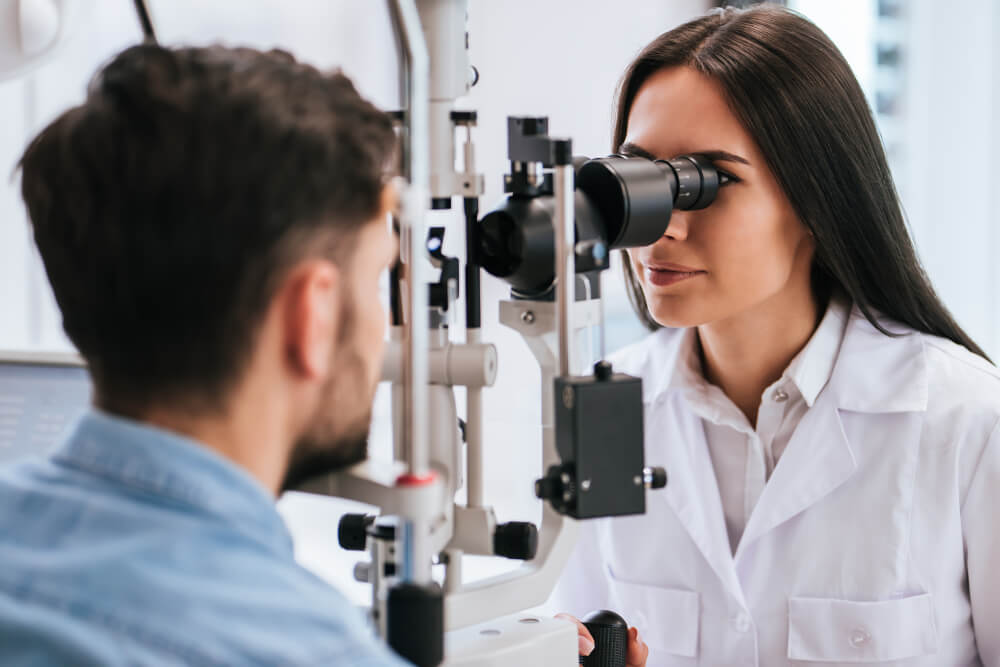DIAGNOSIS
In case you’re encountering manifestations of amaurosis fugax, don’t disregard them. Call your physician. They will get some information about your manifestations and take a medical history. Your physician may do a physical exam, including an eye test. Your physician may likewise consider testing, which can include:
- Imaging scans that center on the blood vessels in your eyes
- Blood testing to know your cholesterol levels or blood coagulation
- An electrocardiogram, or EKG, to distinguish abnormalities in your heart that could prompt amaurosis fugax
A physician will think about your symptoms, age, and general wellbeing when making a diagnosis identified with amaurosis fugax and transitory vision loss.
TREATMENT
Treatment for amaurosis fugax includes recognizing and treating the problem causing it. If that condition is identified with elevated cholesterol levels or potentially blood clots, this shows that an individual is at high risk for a stroke. A stroke happens when a blood clot holds up in a blood vessel in the brain, halting blood flow to it. Therefore, the essential treatments needed will diminish the probability for stroke.
These include:
- Blood thinners, such as aspirin or warfarin
- A surgical procedure known as a carotid endarterectomy
- Blood pressuremedicines
- Lifestyle changes


